Rebetiko legend brought back to life on the silver screen
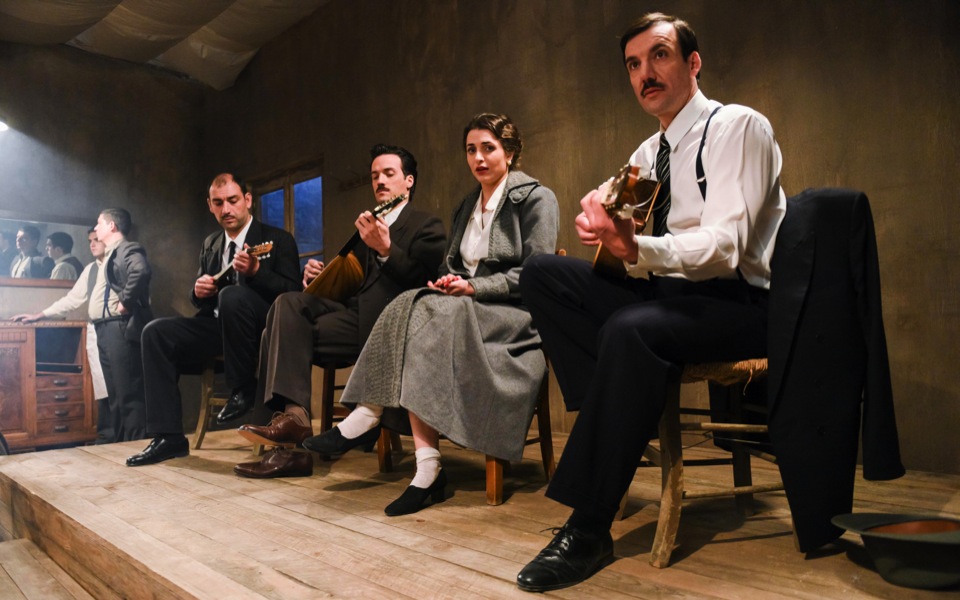
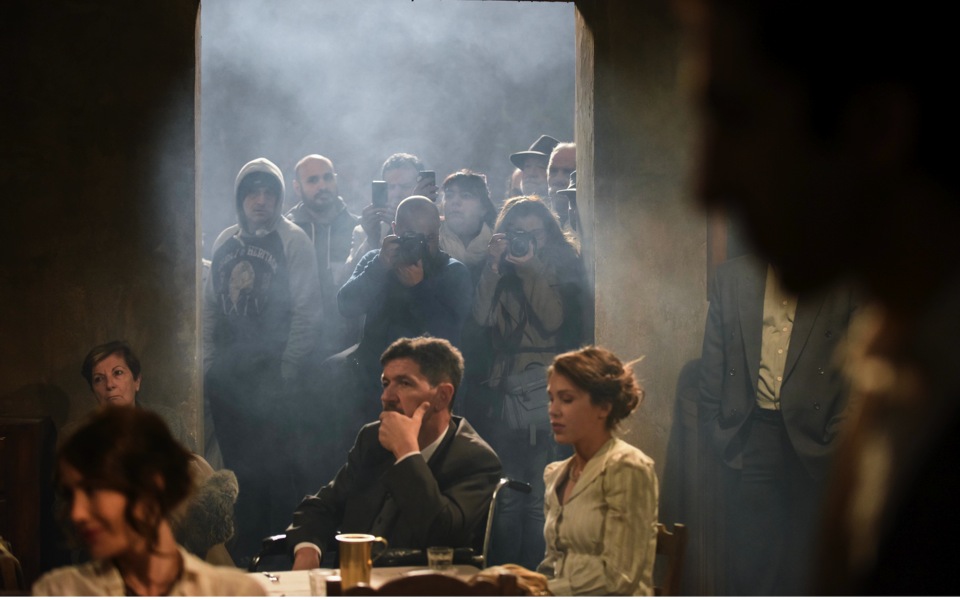

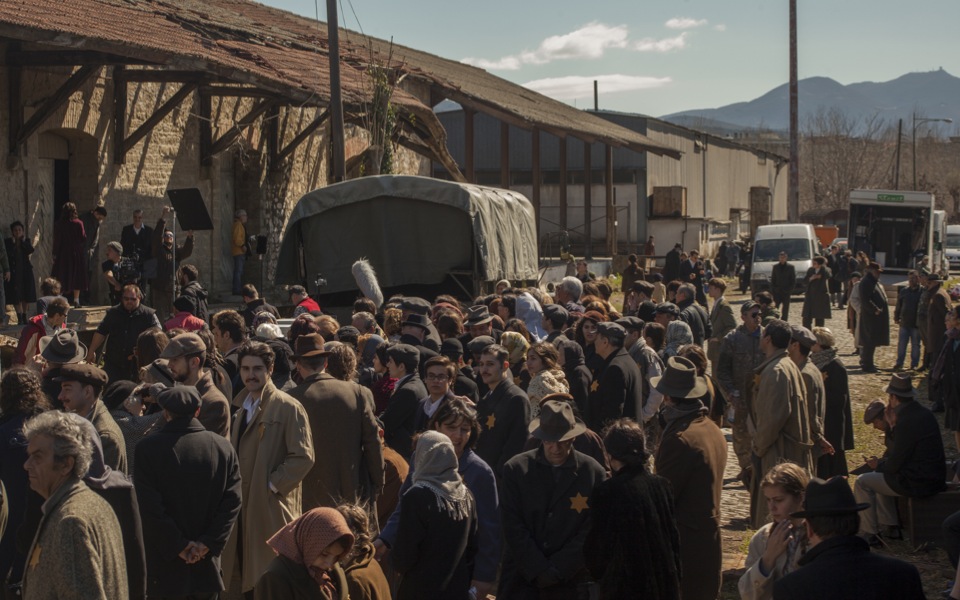
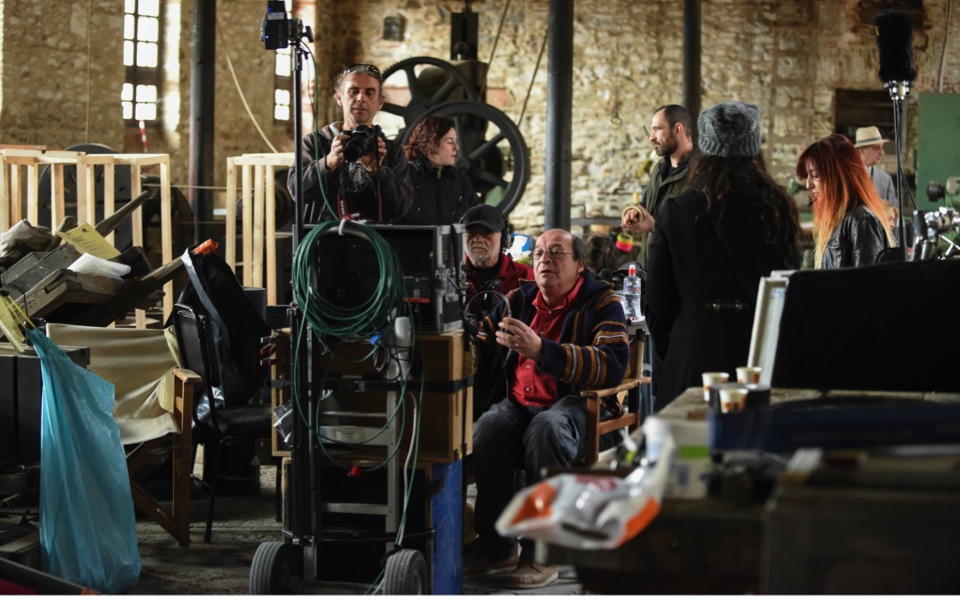
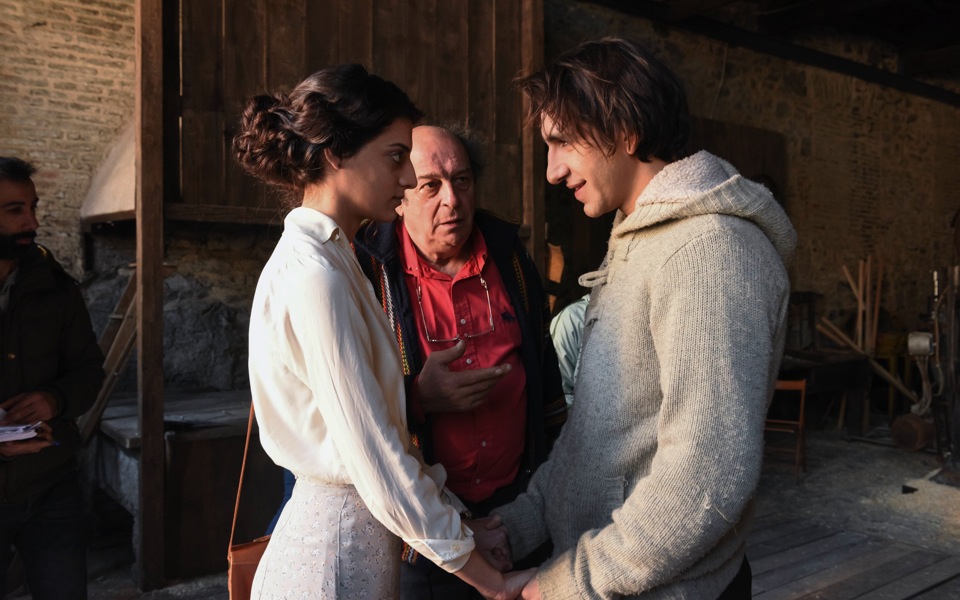
It all started about five years ago, when a production company gave Manousos Manousakis a screenplay based on the novel “Ouzeri Tsitsanis” by Giorgos Skabardonis. The successful screenwriter, director and producer was not impressed. He did, however, discern a glimmer of potential and returned to the source, the book.
“Other than a good piece of literature, it’s a gold mine for a screenwriter,” says Manousakis. “It offered the possibility – by adding some things or shifting the narrative’s focus here and there – to take a simple love story and make it reflect today’s reality, to condemn racism, to reveal Nazism for what it is to those who don’t know and remind those who have forgotten.”
And so the journey began, with Manousakis and screenwriters Vassilis Spiliopoulos and Ada Gourbali working together with historians and people who experienced some of the more dramatic events from the period. Each added his or her own precious contributions to the wonderful mosaic that hit cinemas across the country on Thursday, December 3.
The story
The story begins in Thessaloniki in 1943, shrouded in the heavy mantle of the Nazi occupation, with security battalions, hunger, arrests, execution and, of course, resistance, as the first trains start leaving for the death camps carrying the city’s Jews. Against this tragic backdrop, a forbidden love blossoms between Estrea, a Jew, and Giorgos, a Christian, accompanied by the sounds of Ouzeri Tsitsanis, a live music venue and taverna where rebetika master Vassilis Tsitsanis, then 28 years old, was in his creative prime, penning some of his most emblematic and lasting songs – including “Synnefiasmeni Kyriaki” (Cloudy Sunday). The song came to him at dawn as he left the taverna and saw traces of blood in the snow. He followed the trail and came upon the body of a young man. This scene is in the film: a powerful bond between the fiction of film and the real story.
“The protagonists are young people who are not much different from those today. Back then they were trying to build a life under the extreme conditions of the occupation, while today the situation is similar with the harsh conditions of the economic crisis,” says Manousakis.
The writer did not have any particular knowledge of the singer when he started the screenplay. “Of course I knew his songs but I hadn’t delved any deeper. Through the process of making the film I had the opportunity to get to know more about him and, more importantly, to understand the torment of the creative process he was defined by, just like any great artist.”
The cast
The director had no problem whatsoever in picking a cast for the film. He found his perfect Tsitsanis, Andreas Konstantinou, while watching Pantelis Voulgaris’s “Little England.”
“He didn’t even have to audition,” says Manousakis. “Andreas is creative, inquisitive and full of suggestions. And if you’re clever as a director and wring him dry, you can make miracles happen.”
Konstantinou worked hard on the part. He did a lot of reading, took bouzouki lessons, listened to all of Tsitsanis’s songs again and again, memorized his mannerisms from photographs and videos, and took in the details of the man.
“I don’t know if I identified with Tsitsanis. I tried to understand what it is like to be gifted with such a talent under those circumstances. What I saw was a man who was low-key, a man of action instead of words, a modest man and a perfectionist,” says Konstantinou.
Vassiliki Troufakou stars in the role of Lela, a young woman from a working-class background with an exceptional voice and beauty. Her desperate love for the unavailable Tsitsanis leads her into the arms of another man, a powerful and controversial character.
“Without calling her a saint, she’s a person who fights to the end. And the most charming thing about her is that she fights all her battles alone. I tried to put myself in her shoes and imagine what it meant for a woman at that time to be responsible for her ailing mother, without a male presence at her side, walking into a place that was all-male,” says the actress.
On the other side of the story, Dimitris Horn Award-winning actor Haris Frangoulis plays Giorgos, an active member of the resistance who leaves a secure future to open an ouzo joint with Tsitsanis at a time when the rebetika scene was very much the underbelly of society.
What the actor admires most about his character is his “immediacy, his sincerity and strength.”
Giorgos is in love with Estrea, played by first-timer Christina Hilla Fameli. What did she learn from the story told in the film? “That you can survive even the most tragic events, fear and prejudice, without closing your eyes, without losing your courage.”
The production
The numbers alone indicate the challenge of the endeavor: 60 actors, 2,500 extras, 6,000 period costumes, three months of shooting. What’s it like doing this kind of cinema, huge for Greek standards, and especially during the crisis?
Manousakis smiles. “Bliss! Especially when a problem was overcome,” he says. “You can’t imagine how much trouble we had with locations. We’ve demolished everything in this country, erased every trace of our historical memory. We built walls, we painted them and at night the kids would come by and scribble them with graffiti. We had to have a security guard on watch all night. In Thessaloniki alone we used 1,200 extras. In the train scene we had 700 and most were volunteers. Thessaloniki residents of all ages would come forward and offer to help. They would come and watch the shoots, take it in, cry. The film was a trigger for them to remember things from the past, the stories of their families.”
What are his predictions about the film’s fate?
“As a people we’ve started to appreciate our products, the cultural ones too. You saw what happened with ‘Little England’ and ‘Lobster,’” he says of two recent Greek film success. “So, yes, I’m optimistic!”
The film’s music is by composer Themis Karamouratidis and it was no easy feat because he had to write new material that would also evoke the era of the film, without it sounding “old” to the ears of younger audiences. He penned 27 original melodies, adaptations and new renditions of Tsitsanis songs that form a parallel yet equally fascinating narrative without overshadowing the story and action.
How close to Tsitsanis did he feel through this process?
“I can’t answer that,” says Karamouratidis. “I think it’s disrespectful to say that I feel I’ve come close to him. I would love to, of course, to come to a point where I can approach his elegant simplicity, the purity of his melodies, his sincerity.”
The CD with the “Ouzeri Tsitsanis” soundtrack, released by Feelgood Records, will be included in Kathimerini’s special Sunday edition on December 13. The special collectible CD will also include a rare recording to “Synefiasmeni Kyriaki” from the personal archive of the Tsitsanis family, performed by the great man himself, together with Eleni Gerani.
This article first appeared in Kathimerini’s weekly supplement, K.





